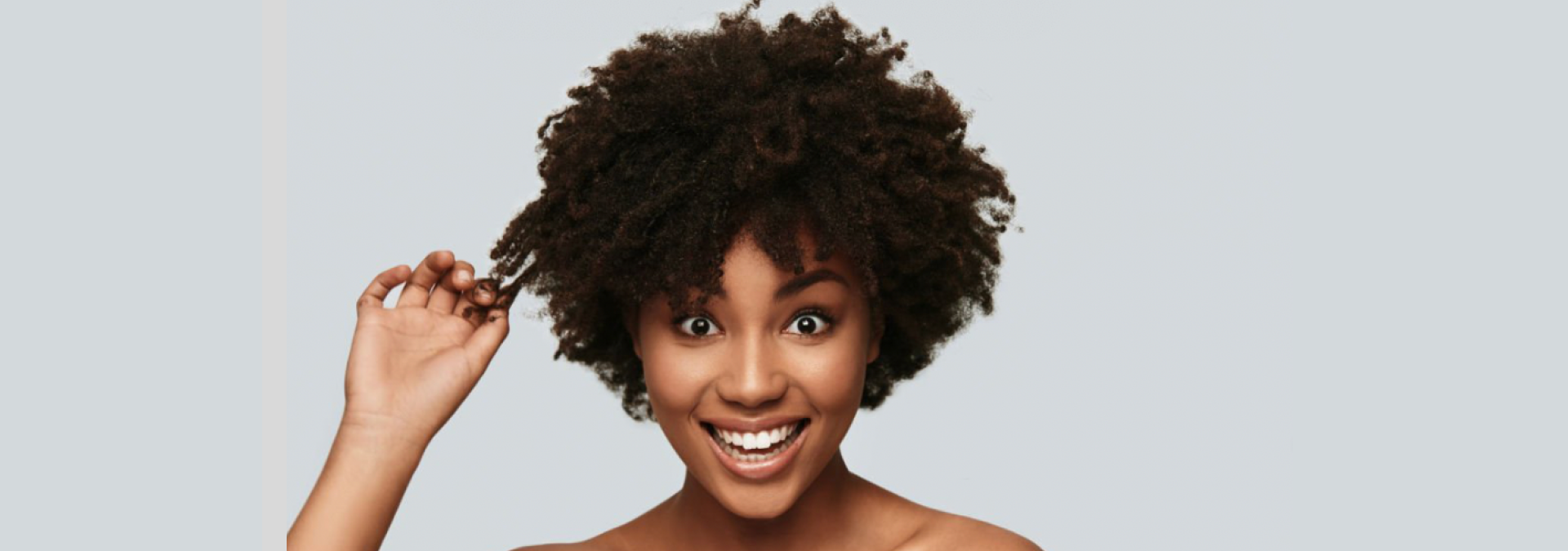
FUE - Haartransplantation bei Frauen
Auf dieser Seite finden Sie umfassende Informationen über die Haartransplantation mittels Follicular Unit Extraction (FUE), die speziell auf Frauen zugeschnitten ist. Erfahren Sie mehr über die Vorteile, den Prozess und warum sich diese Technik besonders für die Behandlung von Haarausfall bei Frauen eignet.
FUE - Haartransplantation bei Frauen
Eine Haartransplantation bei Frauen kann bei verschiedenen Formen von Haarausfall eine wunderbare Lösung sein. Frauen, die unter genetisch bedingtem Haarausfall (androgenetische Alopezie), Haarausfall nach hormonellen Veränderungen oder Haarausfall durch Verletzungen und Narbenbildung leiden, können von einer Transplantation profitieren. Ebenso können ästhetische Wünsche, wie das Auffüllen lichter Stellen oder das Absenken der Haarlinie, durch eine Transplantation erfüllt werden.
Während bei Männern meist die Geheimratsecken und der Oberkopf betroffen sind, zeigt sich der Haarausfall bei Frauen häufig diffus, also gleichmäßig über den gesamten Kopf verteilt. Eine Haartransplantation kann gezielt an kahleren Stellen vorgenommen werden, um das Haarbild insgesamt zu verdichten.
Vor einer Behandlung ist eine individuelle Beratung wichtig, um die Ursachen des Haarausfalls zu klären und die besten Möglichkeiten für die Transplantation zu besprechen.
Gut zu wissen
There may be several different reasons for hair loss in women, such as:
- Dietary changes (rapid weight loss).
- Being under chronic stress.
- Use of chemical hair treatments.
- Undergoing treatments such as chemotherapy or radiotherapy.
- Problems with your health, such as thyroid disease, anaemia, deficiency of iron, copper, zinc, selenium, D3 and biotin, etc.
- Changes in your hormones for example, pregnancy or menopause
- Some medicines and supplementary medicines (blood pressure medications, gout medications, and high doses of vitamin A).
- Genetic ( family) predisposition.
- Age:As people age, hair growth slows, and some follicles stop producing hair, leading to thinner scalp hair.
- STIs (sexually transmitted infections): Without treatment, STIs may result in patchy hair loss.
- Scalp Conditions: Hair loss can occur from scalp psoriasis and scalp infections such as ringworm.
- A blood test is needed to check for deficiencies of important nutrients.
- To determine the cause of hair loss (e.g. hormonal imbalance, stress, autoimmune disease), a thorough diagnosis is essential.
Yes, a hair transplant can be performed without a complete shave.
This method, known as ‘Unshaven FUE’ (Follicular Unit Extraction) or DHI method (Direct Hair Implantation), only requires shaving of the donor area, while the hair in the recipient area remains untouched.
Another major advantage of this technique is that the shaved donor area can be hidden if the hair in the receipt area is longer. This makes the procedure more discreet and the healing process less noticeable. This method is particularly popular with patients who want to resume their daily routine quickly without the procedure being visible.
Partial Shaving:
- Only the donor area (typically at the back of the head) is shaved.
- The recipient area where the hair is implanted remains untouched.
Discreet Healing:
- The shaved donor area can easily be concealed if the surrounding hair is longer, making the procedure less noticeable.
- This allows patients to resume their daily activities quickly and with minimal visibility of the procedure
Causes of Hair Loss in Women
Gut zu wissen
Female Pattern Hair Loss
Female pattern hair loss (androgenetic alopecia) is characterized by gradual thinning on the top and crown of the scalp. It tends to occur in a diffuse pattern and can worsen with age or hormonal changes.
Alopecia Areata
Alopecia areata is an autoimmune condition that causes hair to fall out in small, round patches. This condition can affect both men and women and may lead to total hair loss in severe cases.
Telogen Effluvium
Telogen effluvium is a type of temporary hair loss that often occurs after stressful events, illness, or hormonal changes. It causes shedding of hair across the scalp, which usually grows back once the underlying cause is addressed.
Traction Alopecia
Traction alopecia is hair loss caused by prolonged tension on the hair, often due to tight hairstyles such as ponytails, braids, or buns. It can be reversed if caught early, but long-term tension can lead to permanent hair loss.
There may be several different reasons for hair loss in women, such as:
- Dietary changes (rapid weight loss).
- Being under chronic stress.
- Use of chemical hair treatments.
- Undergoing treatments such as chemotherapy or radiotherapy.
- Problems with your health, such as thyroid disease, anaemia, deficiency of iron, copper, zinc, selenium, D3 and biotin, etc.
- Changes in your hormones for example, pregnancy or menopause
- Some medicines and supplementary medicines (blood pressure medications, gout medications, and high doses of vitamin A).
- Genetic ( family) predisposition.
- Age: As people age, hair growth slows, and some follicles stop producing hair, leading to thinner scalp hair.
- STIs (sexually transmitted infections): Without treatment, STIs may result in patchy hair loss.
- Scalp Conditions: Hair loss can occur from scalp psoriasis and scalp infections such as ringworm.
- A blood test is needed to check for deficiencies of important nutrients.
- To determine the cause of hair loss (e.g. hormonal imbalance, stress, autoimmune disease), a thorough diagnosis is essential.
Hairline Restoration for Women
Gut zu wissen
Unshaven Hair Transplant for Women
Gut zu wissen
Yes, a hair transplant can be performed without a complete shave. This method, known as ‘Unshaven FUE’ (Follicular Unit Extraction) or DHI method (Direct Hair Implantation), only requires shaving of the donor area, while the hair in the recipient area remains untouched.
For more detailed information on FUE hair transplants and the DHI method, please visit our section, where you will find an in-depth explanation of the topic.
A major advantage of this technique is that the shaved donor area can be hidden if the hair in the receipt area is longer. This makes the procedure more discreet and the healing process less noticeable. This method is particularly popular with patients who want to resume their daily routine quickly without the procedure being visible.
Partial Shaving:
- Only the donor area (typically at the back of the head) is shaved.
- The recipient area where the hair is implanted remains untouched.
Discreet Healing:
- The shaved donor area can easily be concealed if the surrounding hair is longer, making the procedure less noticeable.
- This allows patients to resume their daily activities quickly and with minimal visibility of the procedure
Unshaven Hair Transplant: Is It Right for You?
Gut zu wissen
- A No-Shave Hair Transplant is most suitable for people who are experiencing a mild to moderate degree of hair loss.
- If you have extensive baldness or significant hair loss, this method may not be effective, as a larger number of grafts typically need to be extracted and implanted.
For a personalized evaluation, please contact us - we will be happy to determine the best hair restoration approach for you.
Unshaven Hair Transplant Recovery
Gut zu wissen
- The recovery phase after a no-shave hair transplant is short and similar to a standard FUE or DHI procedure. However, most patients can return to work more quickly as no full head shave is required.
- Mild swelling and redness may occur but subside quickly.
- During the healing process, scabs that form after the procedure may stick to the longer hairs in the recipient area. It is important to remove them carefully to avoid damaging the newly transplanted hair.
We will provide you with detailed instructions on how to properly care for and clean the area to ensure optimal healing and the best possible result.
 +90 532 474 04 07
+90 532 474 04 07




